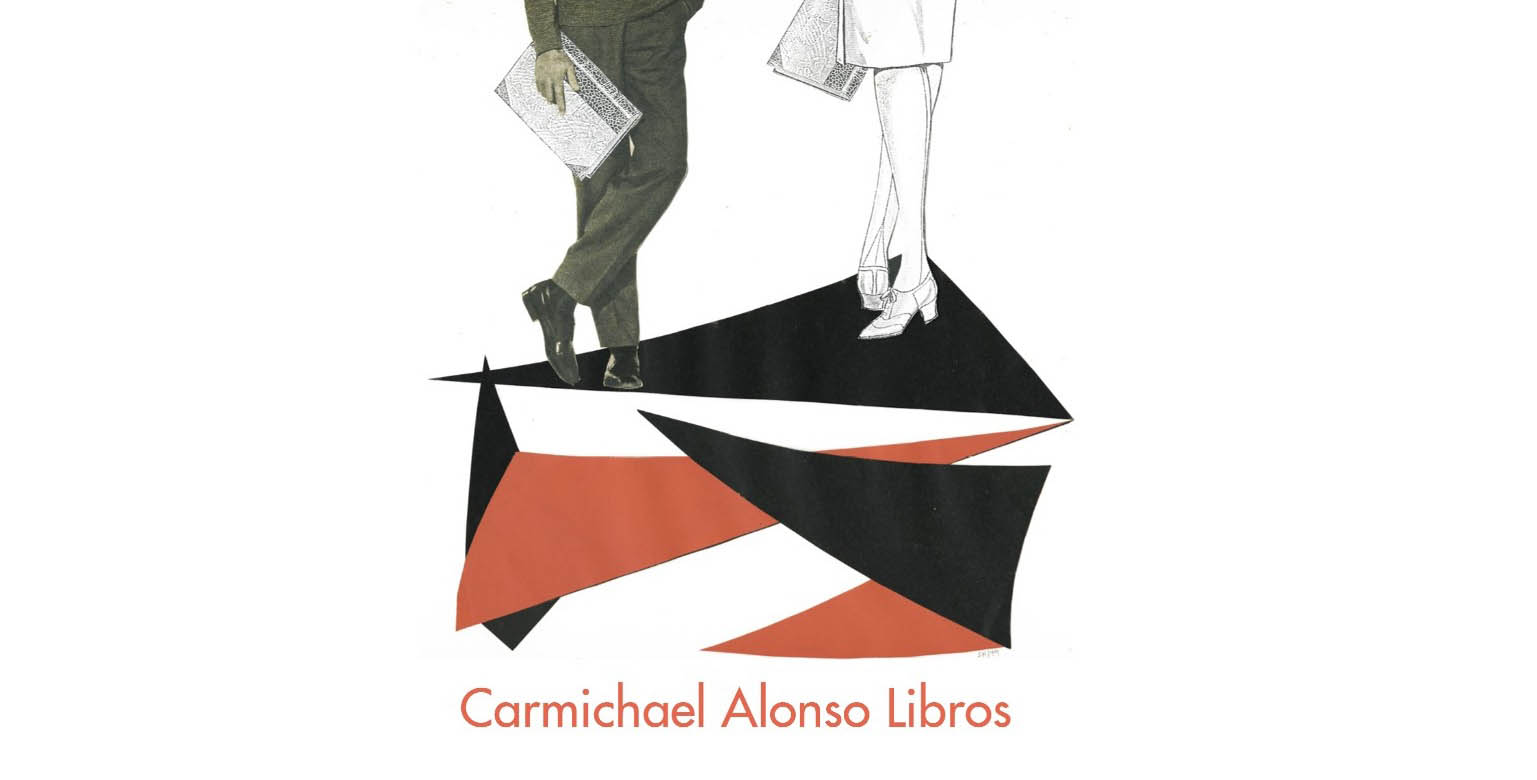
| Editorial: | Christophorum Plantinum, haeredes Jo. Steelsii & Philippum Nutium. |
| Ciudad: | Antwerp. |
| Año: | 1573. |
| Medidas: | 33 x 21.5cm. |
| Paginación: | 3 works in one volume (part 1): 10 leaves, 886 [numbered columns]; (part 2): 368 [numbered columns], 6 leaves; (part 3): 390 [numbered columns], 3 leaves. Between a10 and A[1] are two stubs which might be cancels, but the collation agrees with Adams. |
In the Sextus, a superb 3/4 -page woodcut of pope Boniface VIII receiving the book of Decretals from a kneeling St Gregory, his colleagues grouped behind. This cut is repeated in the Clementinae. With 3 woodcut tables of consanguinity and affinity, and the woodcut devices of Plantin & co. (signed P. B.), and that of Nuyts alone (on the two titlepages). With engraved initials.
Contemporary full parchment, manuscript title on spine, remains of ties.
Adams B2447. The three last works, with commentaries, which complete the Canon Law (Corpus Juris Canonici) in one folio volume, printed with Papal licence by Plantin and his associates. The preceding Decretals are 1. Gratian [see our bookshop number ch14.1342] and 2. Decretalium of Gregory IX. The second and third parts in the present volume were farmed-out by Plantin for printing to Philip Nuyts, and bear the latter's own two titlepages with the date 1572 and his printer's mark (in one of these, a reader anxious not to be prurient, has inked out a lascivious image). The titlepage of the first (dated 1573), includes the names of all three of Plantin's associate printers (although Steelsius's heirs were not involved in this book), together with a specially prepared woodcut by Pieter van Borcht, incorporating the devices of all three. This volume then, contains 1. the Decretals of Boniface VIII (1298), called 'Liber Sextus' from being intended as a supplement to Gregory IX's five books, 2. Constitutiones of Clement V, 1313, 3. Extravagantes & Extravagantes Communes of John XXII (1500). These are all in the official versions authorized in 1563 and which Plantin first printed in octavo. This is his first edition in folio. A final text was promulgated in 1582, but by then Plantin was in financial difficulty and not involved. The text is surrounded on all three borders with commentaries by Egidio Perrino, Jacobus Fontanus, Johannes Andrae, Philippi Franci and others. Additional glosses are in smaller type. Early Spanish owner inscriptions on titlepage, some gatherings browned, binding a little used and crumpled. A magnificent example of the Plantin Press from its best years.